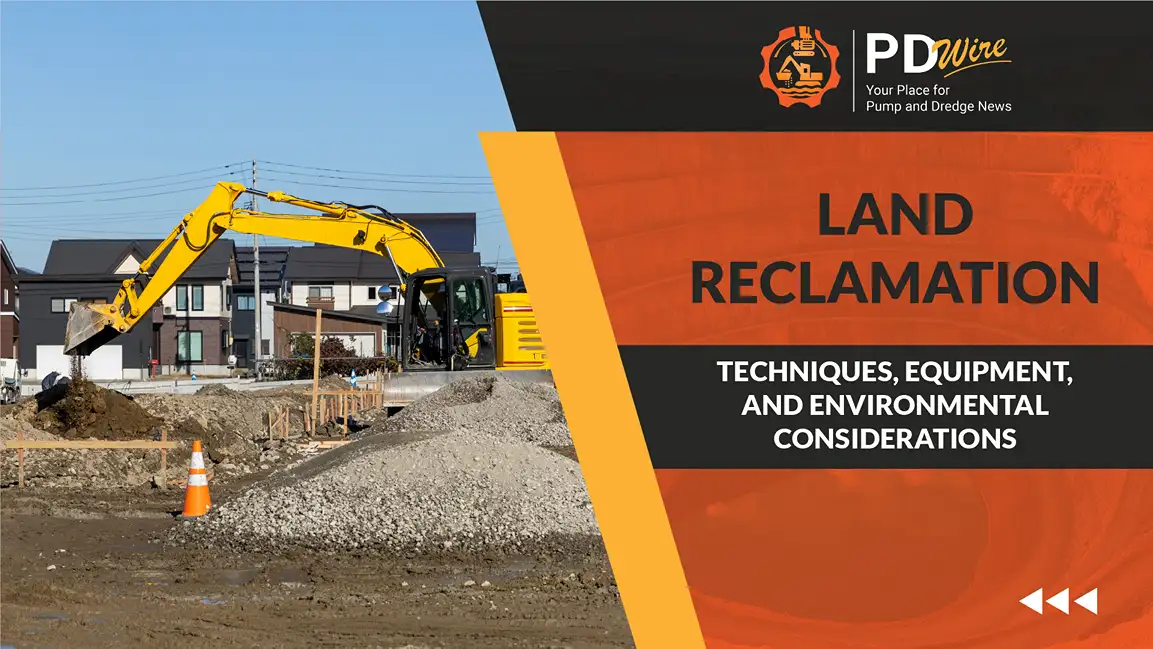- Introduction
- 1. Understanding Land Reclamation: What Does It Mean?
- 2. Common Techniques in Land Reclamation
- 3. Essential Equipment for Land Reclamation
- 4. Environmental Considerations in Land Reclamation
- 5. Mining Land Reclamation: Restoring Mines and Quarries
- 6. The Future of Land Reclamation
- Conclusion
Introduction
Mining land reclamation is a critical and transformative process that breathes new life into land severely impacted by industrial activities, mining, urban development, or natural factors. It involves taking land that has been rendered unusable—whether through mining, overuse, or natural disasters—and restoring it to a functional, productive state. This process is not only vital for environmental rehabilitation but also plays a key role in promoting sustainable development for future generations.
As our world faces rapid urbanization, deforestation, and increasing land depletion, mining land reclamation stands as a beacon of hope for restoring ecosystems, enhancing agricultural productivity, and addressing environmental challenges like soil erosion, flooding, and habitat loss. By reversing the damage caused by mining and other industrial practices, reclamation efforts help ensure that land can be utilized for productive purposes once again, all while preserving the delicate balance of nature.
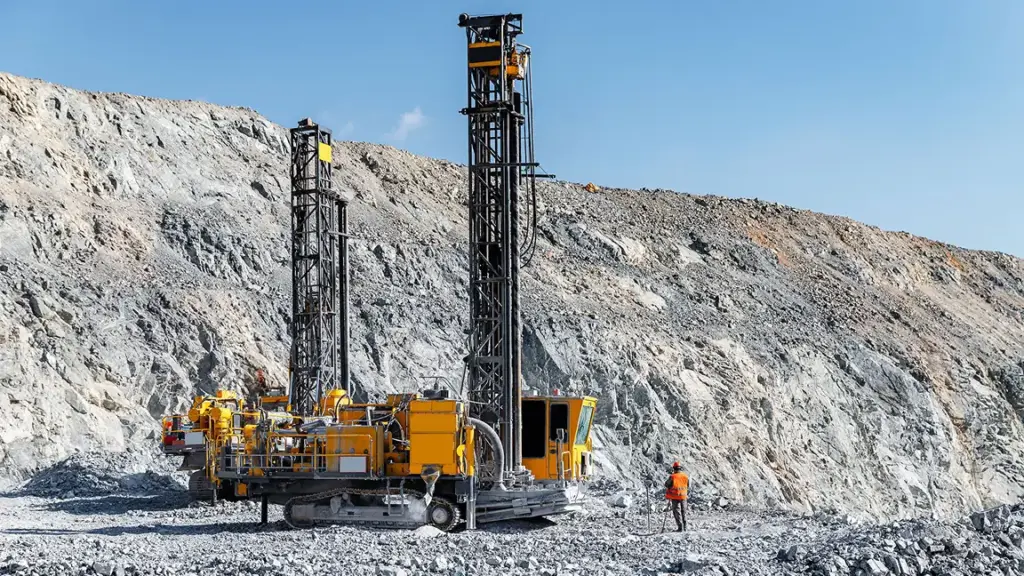
1. Understanding Land Reclamation: What Does It Mean?
Definition of Land Reclamation
Mining land reclamation refers to the process of transforming land that has been damaged or rendered unusable by mining activities into a more productive, stable, and sustainable form. The goal is to restore the land, making it viable for future use, whether for agriculture, forestry, habitation, or environmental conservation. This process often involves various activities, such as restoring ecosystems, stabilizing the soil, and improving water management systems. Essentially, it aims to reverse the damage done by mining to ensure that the land can support future generations in a sustainable way.
Types of Mining Land Reclamation
Restoration efforts vary based on the site and goals:
- Coastal Restoration: Techniques like dredging and filling extend land into bodies of water. While not always linked to mining, this method can also be applied to mining-impacted areas near shorelines for urban or industrial development.
- Restoring Degraded Mining Sites: This involves filling mine pits, removing toxic materials, restoring soil fertility, controlling erosion, and reintroducing vegetation to make the land usable for agriculture, forestry, or other purposes.
- Agricultural Restoration: Overgrazed or over-farmed land can be restored through techniques like terracing, soil improvement, and irrigation to return it to productive use.
- Urban Land Restoration: Mining land can be repurposed for urban development by stabilizing areas prone to flooding or erosion, making them suitable for housing, commercial, or infrastructure projects.
Purpose and Benefits of Mining Land Reclamation
Reclamation offers numerous environmental and societal benefits:
- Revives Ecosystems and Habitats: Mining activities often cause significant environmental harm. Reclamation efforts help restore ecosystems by reintroducing native plant species and creating suitable habitats for wildlife, fostering biodiversity.
- Mitigates Land Degradation: Mining leads to soil erosion, contamination, and loss of fertility. Reclamation techniques stabilize the soil, control erosion, and improve the overall health of the land, preventing further degradation.
- Supports Urban Expansion and Infrastructure Development: Reclaimed land can be used for urban growth, enabling cities to expand without encroaching on natural environments. This balance helps preserve surrounding ecosystems.
- Prevents Natural Disasters: In some cases, reclaimed land in flood-prone or coastal areas can act as a natural barrier, reducing the impact of floods, storm surges, and rising sea levels, thereby protecting local communities from these threats.
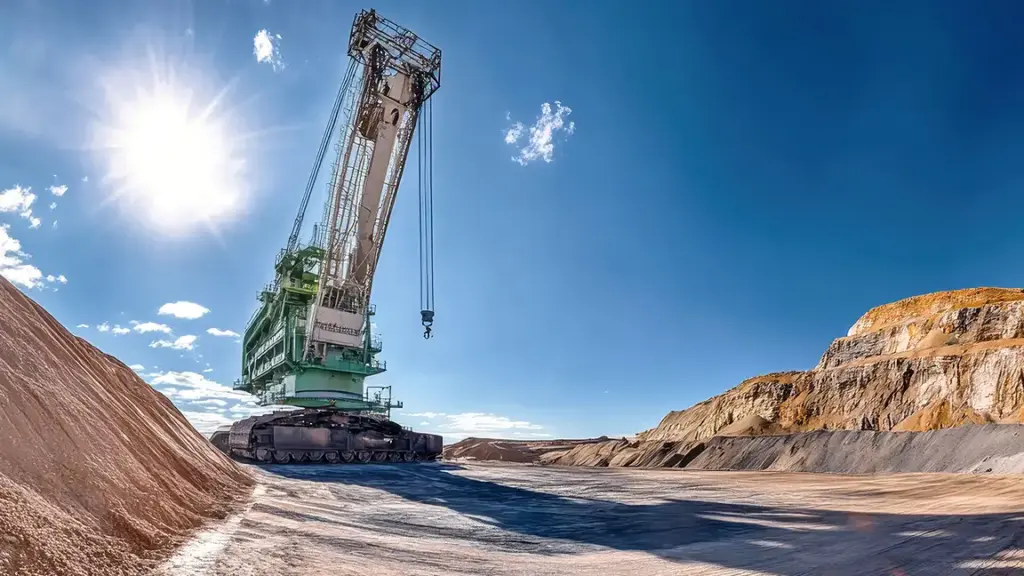
2. Common Techniques in Land Reclamation
Different restoration projects require different methods and techniques based on the geographical and environmental conditions of the area. Here are some of the most common techniques used:
Dredging and Filling
Explanation of the Process
Dredging and filling are primarily used in coastal restoration projects where new land is created by pumping sand or soil from deeper parts of the water. This sand is deposited in shallow areas, gradually building up layers of land. This technique is common in waterfront cities or places where there is limited available land. Large dredgers are used to collect sand or mud from the seafloor, and it is then deposited onto the designated area.
Use in Coastal and Waterway Restoration
This method has been successfully used to expand land in urban areas like Hong Kong, Dubai, and Singapore. The technique allows for creating space for housing, tourism, and commercial infrastructure while improving water navigation routes and preventing coastal erosion.
Terracing and Grading
Used in Hilly or Mountainous Areas
Terracing involves creating flat areas of land in sloped terrains. These terraces are often built using retaining walls to prevent soil erosion and create stable surfaces for agricultural use or urban development. This technique has been used for centuries in countries with steep terrain like Japan and Peru. It prevents land from being washed away by heavy rain, making it more suitable for farming or habitation.
Preventing Soil Erosion and Improving Land Productivity
In areas where erosion is a problem, terracing can reduce soil loss and improve water retention. Grading involves leveling out the land, smoothing it to ensure proper drainage and reducing the risk of flooding.
Soil Stabilization
Techniques to Enhance Soil Strength
Soil stabilization refers to the process of improving the physical properties of soil to enhance its strength and prevent erosion. Methods may include adding chemical agents like lime, cement, or fly ash to the soil to improve its properties. Alternatively, mechanical stabilization, such as compacting the soil, can also be used.
Preventing Erosion Using Geotextiles
Geotextiles are synthetic fabrics used to reinforce soil, prevent erosion, and support vegetation. These materials act as a barrier between the soil and external forces like wind or water. They’re often used in coastal areas or where construction activities may disturb the soil.
Planting Vegetation and Reforestation
Role of Plants in Soil Restoration
Planting vegetation, such as grasses, shrubs, and trees, is a common method to prevent soil erosion and improve soil fertility. Plants help bind the soil together with their roots and facilitate water retention, preventing erosion and improving land quality.
Reforestation and Biodiversity Restoration
In areas severely impacted by deforestation or desertification, reforestation is a key method for restoring ecosystems. By reintroducing native plant species, projects focused on restoring degraded land can help boost biodiversity and ensure that local wildlife can thrive. Understanding the land reclamation meaning in the context of reforestation highlights the importance of transforming damaged ecosystems into productive and sustainable environments. This deeper understanding of land reclamation meaning ensures that efforts focus not just on restoring the land but on creating a balance between human and environmental needs.
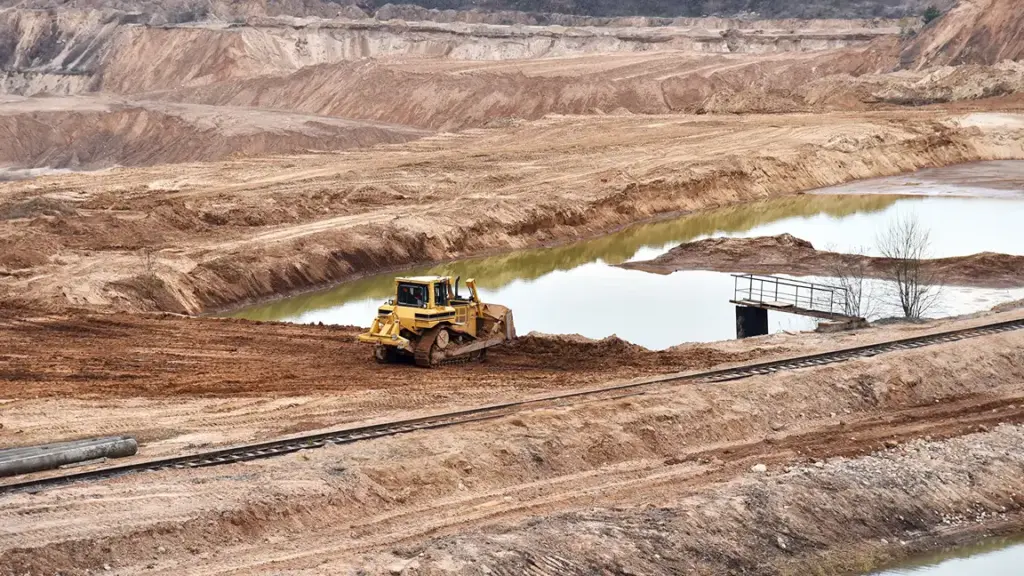
3. Essential Equipment for Land Reclamation
Land restoration requires specialized machinery to carry out tasks efficiently. Here’s a breakdown of the key equipment used:
Excavators and Bulldozers
Role in Clearing, Leveling, and Grading Land
Excavators are powerful machines used for digging, lifting, and transporting materials like soil, rock, and debris. Bulldozers clear, grade, and level land with wide blades to push soil and materials across large areas. These machines are essential in preparing land for restoration, whether in urban, coastal, or agricultural projects. Understanding the land reclamation meaning in this context helps highlight how these tools help transform unusable land back into productive areas.
Dredgers
Used in Dredging for Coastal Restoration
Dredgers remove sediment from water bodies to create new land. They scoop material from sea or riverbeds and deposit it in shallow areas or pump it directly to restoration sites. These machines are crucial for restoring land in coastal regions, aiding both development and environmental recovery. This process is a prime example of land reclamation meaning, where new land is created for various uses.
Compaction Equipment
Ensuring Stability of Land
Compaction machines compress soil to make it denser and more stable, ensuring that the land can support construction or agricultural activities. This is essential for making the restored land solid and suitable for long-term use.
Water Pumps and Drainage Systems
Managing Water Levels and Preventing Flooding
Water management is vital in coastal or flood-prone areas. Water pumps remove excess water, while drainage systems efficiently channel water away from the site. These systems are key for maintaining land usability and preventing flooding, ensuring the land remains sustainable for future development.
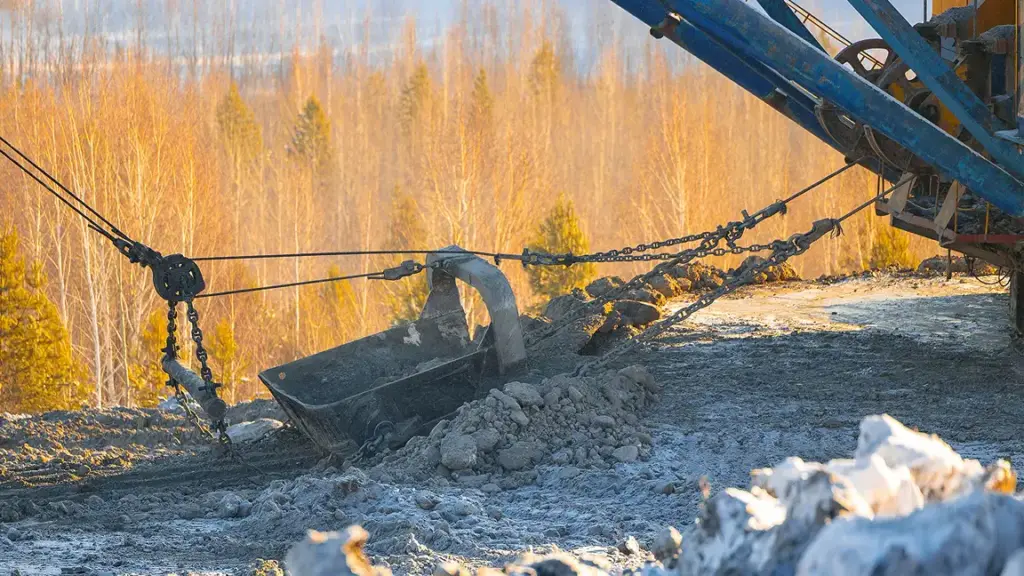
4. Environmental Considerations in Land Reclamation
Mining land reclamation is an essential process in restoring land impacted by mining activities, but it must be approached with environmental sustainability in mind. Without careful planning, these efforts can cause long-term damage to ecosystems, local wildlife, and natural resources. Understanding the land reclamation meaning is crucial to ensure that projects are carried out responsibly and effectively to avoid irreversible harm. Land reclamation meaning refers to the process of restoring land to a productive state, whether for agriculture, wildlife restoration, or infrastructure development, after it has been disturbed or degraded, such as from mining activities.
Impact on Local Ecosystems
Mining land reclamation can disrupt ecosystems, especially when activities disturb the habitats of local flora and fauna. This can lead to significant biodiversity loss and degradation of surrounding ecosystems. For instance, in coastal areas, reclamation projects may interfere with marine life migration or damage fragile coral reefs, resulting in long-term consequences for local wildlife. Understanding the land reclamation meaning in this context is crucial to ensure that such projects are done sustainably.
To minimize harm, conducting Environmental Impact Assessments (EIAs) before large-scale mining land reclamation projects is essential. These assessments help identify risks and ensure that reclamation efforts are aligned with the goal of restoring ecosystems.
Water Quality Concerns
Reclamation near water bodies, like rivers or coastlines, can raise water quality issues. Dredging can stir up toxic chemicals, metals, and sediment, contaminating nearby waterways and harming aquatic life, as well as human populations relying on these water sources.
To maintain water quality during mining land restoration, effective water management practices are essential. This includes controlling runoff, treating polluted water, and safely disposing of dredged materials. Ensuring water quality is vital for protecting ecosystems, public health, and wildlife.
Sustainable Practices in Mining Land Reclamation
Recent years have seen a shift toward sustainable practices in mining land restoration, focusing on minimizing environmental impacts and ensuring long-term ecological balance.
Using native plant species helps restore local ecosystems by providing habitat and food for wildlife. Eco-friendly materials, erosion control, and technologies like geotextiles and controlled dredging also minimize environmental harm during reclamation efforts.
Climate Change Implications for Mining Land Reclamation
Climate change adds complexity to land restoration projects, especially in coastal or low-lying areas. As sea levels rise and extreme weather events increase, restored land becomes more vulnerable to flooding, erosion, and other challenges.
To ensure long-term success, it’s essential to consider climate projections during planning. This includes designing flood-resistant infrastructure, implementing stormwater management systems, and selecting climate-adaptable plant species. By doing so, restored land will be better equipped to endure future environmental pressures.
Ultimately, mining land restoration aims not only to repair damaged land but also to create resilient, sustainable environments that support both human development and ecological balance.

5. Mining Land Reclamation: Restoring Mines and Quarries
Mining operations often leave land in a severely degraded state, characterized by exposed rocks, contaminated soil, and destroyed ecosystems. Mining land reclamation focuses on restoring these sites to a usable condition, often by:
- Backfilling and Soil Restoration: Mining sites can be filled with soil, organic matter, and other materials to restore the land’s fertility. This also helps in stabilizing the terrain.
- Revegetation and Reforestation: After soil restoration, planting vegetation helps to restore biodiversity, prevent erosion, and stabilize the land.
- Managing Contaminants: Some mining areas may have contaminated soil, requiring remediation efforts such as neutralizing toxic materials or implementing water filtration systems.
Successful mining reclamation projects are crucial not only for environmental health but also for community development, as these sites can later be used for agriculture, forestry, or recreation.
6. The Future of Land Reclamation
The future of land restoration looks promising, with technological advancements making the process more efficient and environmentally friendly. The land reclamation meaning is evolving as new developments shape its future. Key innovations include:
- Innovative Technologies: Automated drones, AI for environmental monitoring, and improved soil stabilization techniques are revolutionizing the restoration process. These technologies allow for more precise assessments, better resource management, and faster implementation.
- Eco-friendly Materials: The use of sustainable, biodegradable materials and green technologies will play a larger role in future restoration efforts. These innovations not only reduce environmental impact but also align with modern sustainability goals.
- Stricter Regulations: Governments are introducing more stringent policies to ensure that restoration projects are conducted responsibly and sustainably. These regulations focus on ecosystem protection, biodiversity, and minimizing the carbon footprint of restoration efforts.
Conclusion
Restoring degraded land is essential for environmental restoration and sustainable land management. Techniques like dredging, grading, and soil stabilization play a crucial role in revitalizing ecosystems and supporting human development. However, it’s vital to carefully assess the environmental impact to ensure the land remains functional for future generations.
Understanding land reclamation meaning is critical as we navigate the challenges of land degradation, climate change, and urban expansion. With advancements in technology and sustainable practices, the future of land restoration presents solutions to these ongoing issues. As these challenges persist, land restoration will remain a cornerstone of global sustainability efforts.
